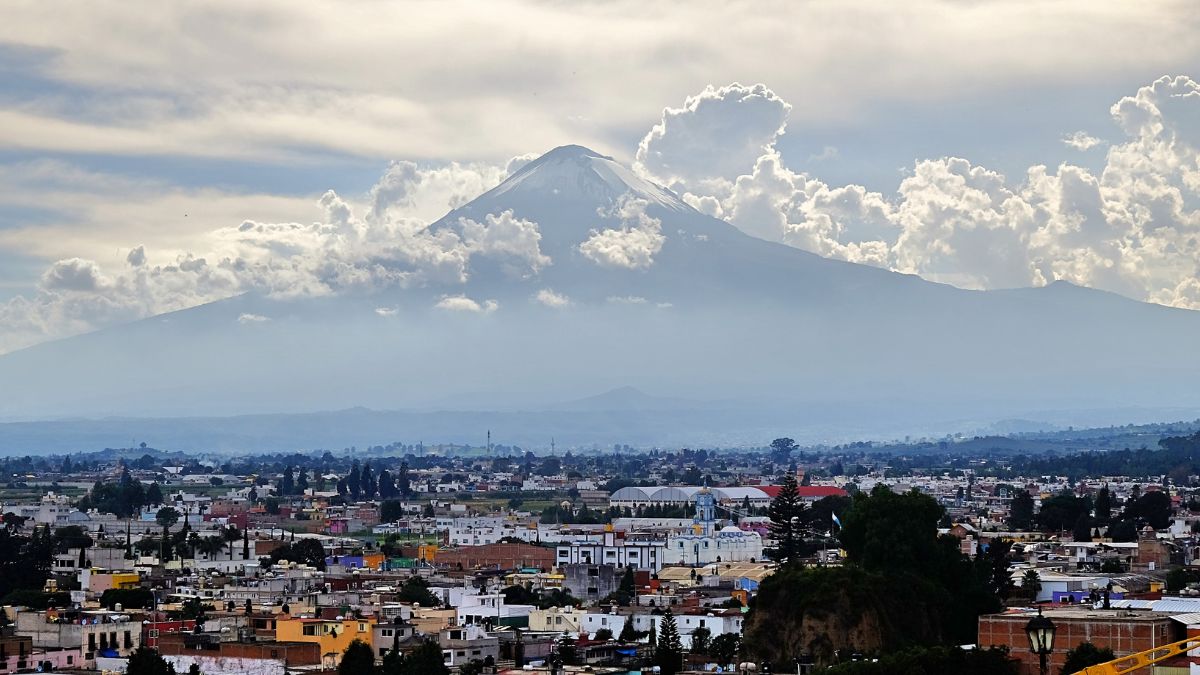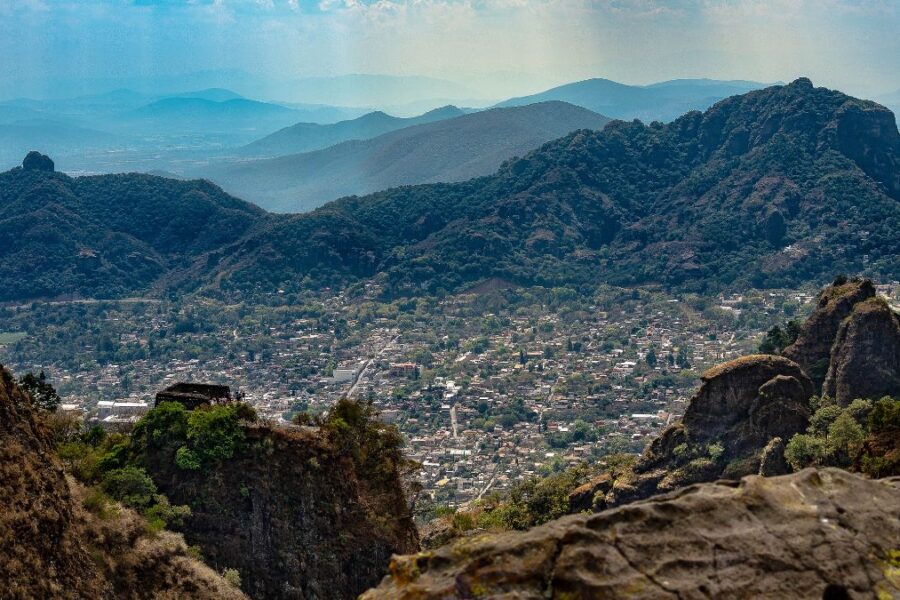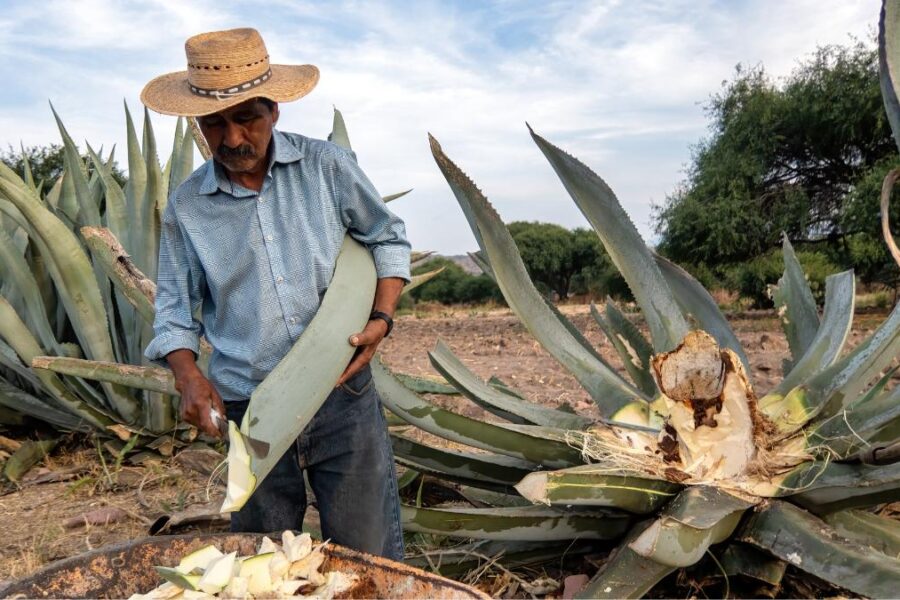Mexico City is emerging as a world-class hiking destination because, within a few hours of the city, you have 7 spectacular national parks to explore.
Situated at 2,240 meters (7,349 feet) above sea level, Mexico City is one of the highest-elevation cities in the world. Due to its subtropical location and high elevation, it has an excellent climate for hiking and outdoor recreation.
In the vast mountains and high alpine forests surrounding Mexico City, you will have sweeping vistas of some of the highest volcanos in the Americas. If you are planning a hiking holiday, you can also enjoy some more relaxed days in the valleys visiting spectacular archeological sites like Teotihuacán and the Great Pyramid of Cholula.
As one of the 6 cradles of civilization, the central valleys and mountains of Mexico are filled with ancient history, mythical lore and indigenous cultures deeply rooted in the land.
Here are some of the best hikes near Mexico City in the most beautiful national parks that you can visit on a day trip:
1. Iztaccíhuatl–Popocatépetl National Park
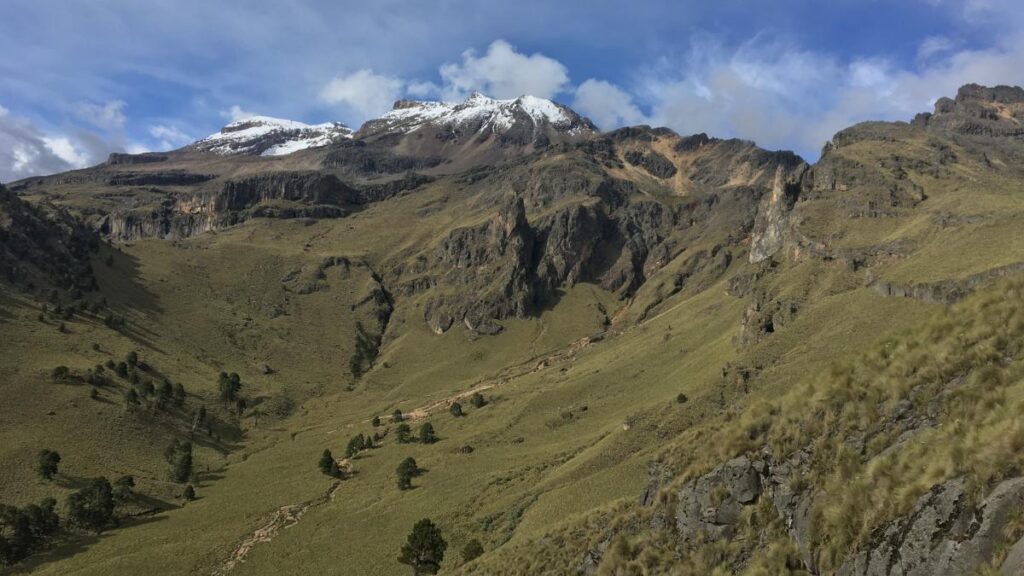
Length: 5.3 km
Elevation gain: 574 m
Route type: Out & back
Trail Map: AllTrails
This alpine route to the summit of Iztaccíhuatl is highly challenging and is not for beginners. Fortunately, there are lots of epic hikes for all skill levels in the lower cloud forests and the upper alpine meadows.
The best hike in the national park is the 3-hour La Joyita – Portillo 3 route, which takes you from the La Joyita base camp where most ascents of Iztaccíhuatl begin to the third alpine pass on the way to the summit.
If you want to climb Iztaccíhuatl, you can check out my hiking guide to Iztaccíhuatl–Popocatépetl National Park. The trail to the summit requires acclimatization to the high altitude and involves 12.2 km and 1,337 m of elevation gain, which takes 10-12 hours.
The Paso de Cortés is also a great challenging hike in the national park, it covers 15.3 km and 705 m, which takes about 5-6 hours.
2. El Tepozteco National Park
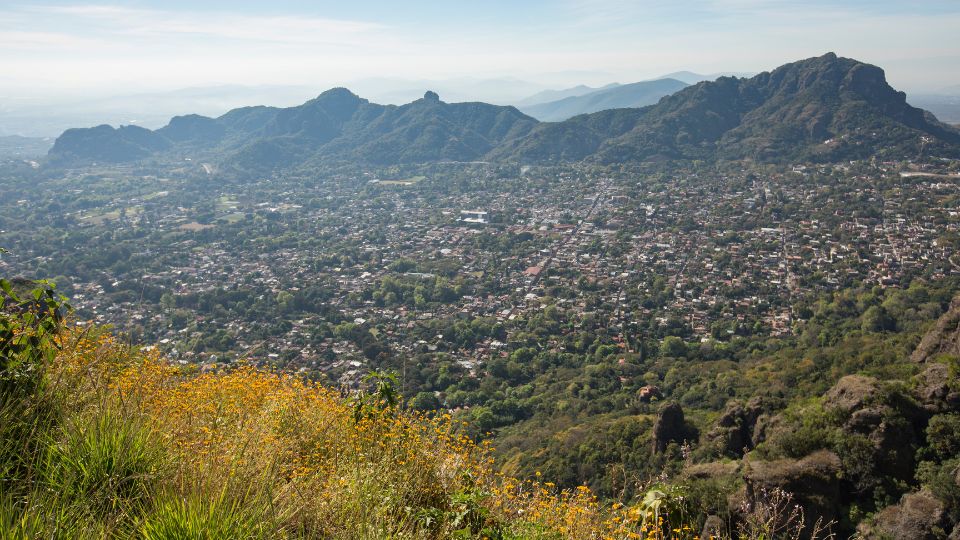
Length: 2.6 km
Elevation gain: 341 m
Route type: Out & back
Trail Map: AllTrails
Just over an hour from Mexico City, you can find peace and tranquility in the sacred valley of Tepoztlán. Here you will find excellent hiking and I recommend staying here for a few days because this area has a lot of great hikes.
The must-do hike in Tepozteco National Park is the climb up Cerro Del Tepozteco to see the ancient pyramid temple that overlooks the valley.
Other excellent hikes in the area are the Ocotitlán West Loop, Cerro de la Luz and Poza de Quetzalcóatl.
3. Nevado de Toluca National Park
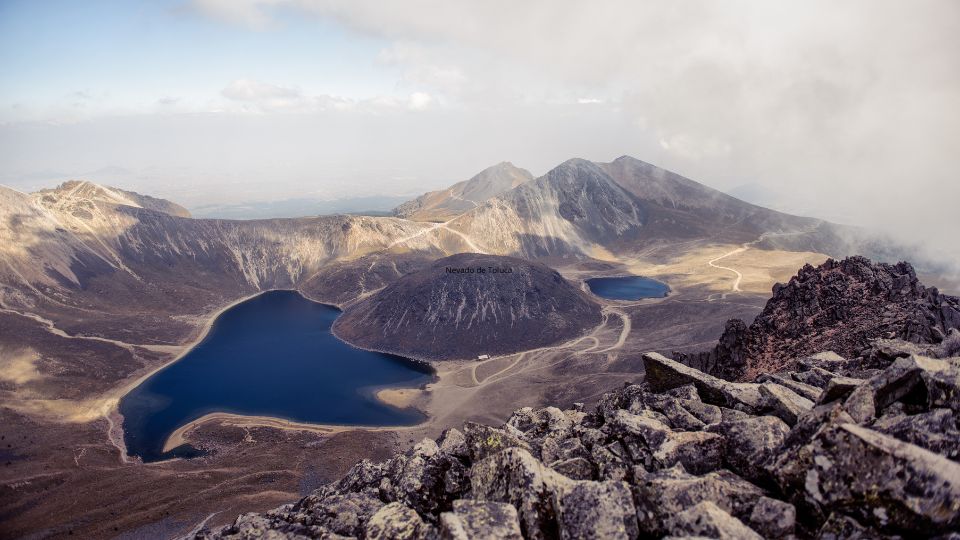
Length: 6.9 km
Elevation gain: 658 m
Route type: Out & back
Trail Map: AllTrails
Nevado de Toluca is the 4th highest peak in Mexico at 4,680 m (15,350 foot).
The peak is usually only summited by experienced mountaineers because of the high altitude. It is often called by the Nahuatl name Xinantecatl, which is usually translated as The Naked Lord.
Most of the day trips to Nevado de Toluca visit the twin lagoons in the crater of within the volcanic crater, one of the lakes is green and the other is blue.
If you are more adventurous than the average person and you’re also in excellent physical shape Nevado de Toluca can be summited in 6-7 hours. It’s a good idea to acclimatize with at least a few days in Mexico City and a night camping in the national park before doing the summit.
Apart from the high altitude, it’s not a particularly difficult hike and it is much easier than Iztaccíhuatl or the highest peak in Mexico Pico de Orizaba. The hardest part is a challenging class 2-3 scramble near the summit.
There’s also a good hike called the Ruta Del Campanario but it’s more of a scramble.
4. Cumbres del Ajusco National Park
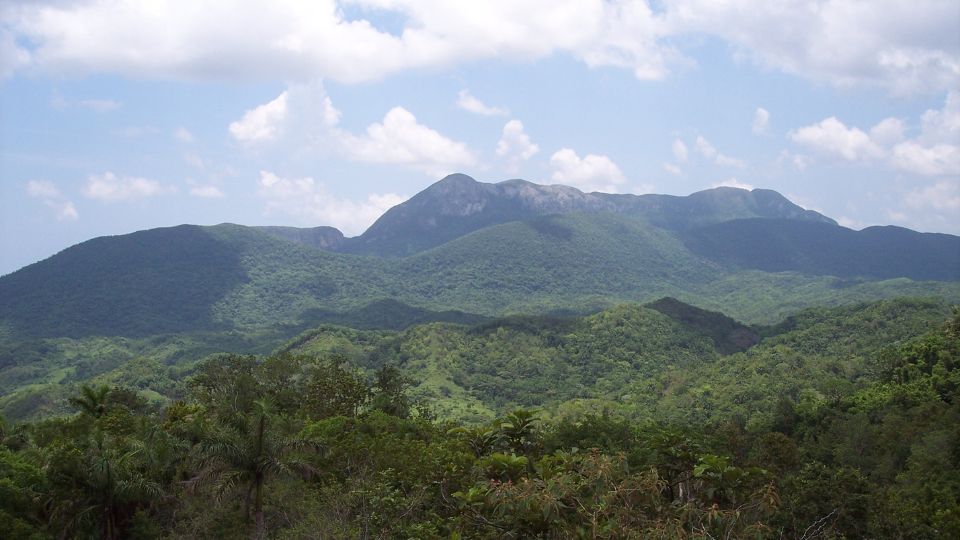
Length: 6 km
Elevation gain: 654 m
Route type: Loop
Trail Map: AllTrails
Just south of Mexico City overlooking this sprawling metropolis you will find Mexico’s oldest biosphere reserve Desierto De Los Leones and Cumbres del Ajusco National Park.
Pico del Águila, the highest peak in Cumbres del Ajusco National Park at 3,900 metres (12,800 feet) towers over the southwest of Mexico City.
It can be hiked in as little as 3-4 hours with the most direct Pico del Águila route. If you want to make it a day hike on a more challenging loop route, I’d recommend doing Circuito Cumbres del Ajusco or Cumbres del Ajusco Loop via el Abrevadero.
5. Desierto De Los Leones National Park
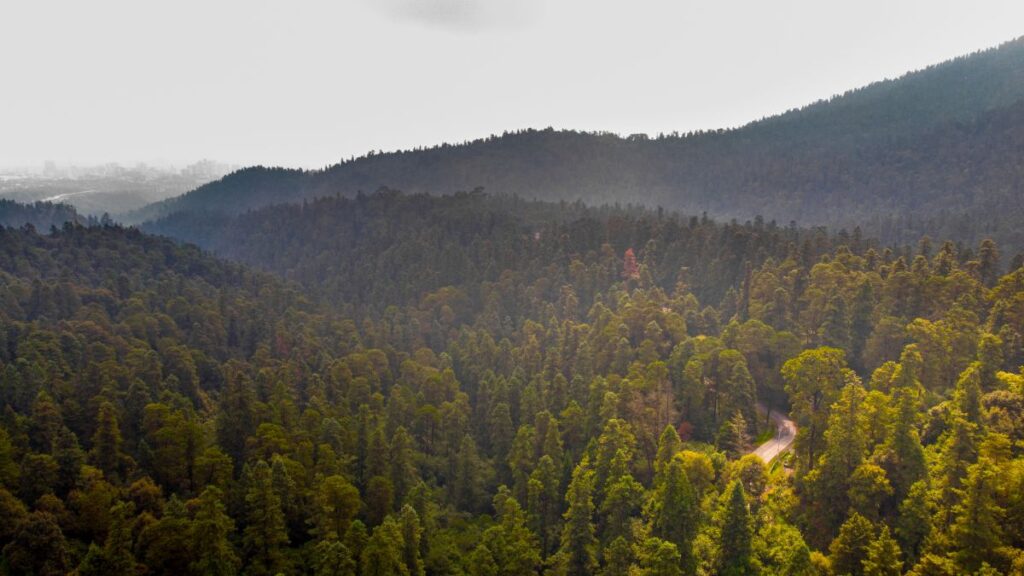
Length: 7.9 km
Elevation gain: 502 m
Route type: Loop
Trail Map: AllTrails
There are a number of excellent in Desierto De Los Leones. I love the forests in this national park, it’s a great area to discover a wide variety of plants, birds and mushrooms.
The park is considered to be the oldest protected biosphere in Mexico as it was originally declared a forest reserve in 1876 with the intent of conserving its fresh water springs that supply Mexico City. In 1917, it was officially declared a national park.
According to Wikipedia, the term Desierto is used in this context in the archaic sense of “wild, sparsely populated area” rather than in reference to an arid environment. Leones (‘Lions’) refers not to the big cats but rather to the original landlord’s surname.
If you want a shorter hike there is Cerro de Coconetla via Los Dinamos but I recommend doing the Circuito la Bodega or La Bodega Miradores.
6. La Malinche National Park
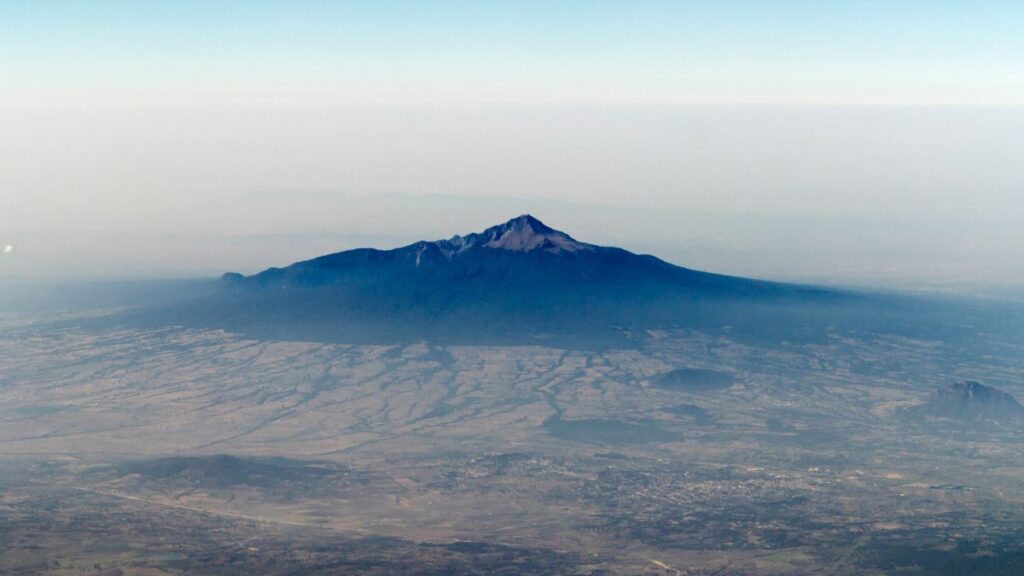
Length: 12.1 km
Elevation gain: 1,278 m
Route type: Out & back
Trail Map: AllTrails
If you want to climb one of Mexico’s highest volcanos then La Malinche is one of the most accessible climbs in the Central Valleys of Mexico. At 4,461 m (14635 feet) above sea level, it is the 6th-highest peak in Mexico.
Like all the high volcanos in Mexico, this hike to the summit is steep and highly challenging. It can be done as a day trip from Puebla or you can drive 3 hours from Mexico City and stay in a cabin at the base of the volcano.
La Malinche is a still active volcano and it is also known as Malintzin. It is named after the infamous Nahua woman from the Mexican Gulf Coast who was given to Hernán Cortés as a slave and consort.
Her deep knowledge of the indigenous cultures of Mexico was an important contributing factor to the Spanish conquest of the Aztec Empire (1519–1521) as she acted an interpreter, advisor, and intermediary for Cortés. She later gave birth to their first son, Martín who was one of the first Mestizos (people of mixed European and Indigenous American ancestry) to be born in Mexico.
This hike requires crampons and an ice axe if it has snowed recently and it is recommended that you hire a guide for safety and route finding. On a clear day, you can see Iztaccíhuatl, Popocatépetl and Pico de Orizaba from the upper alpine of La Malinche.
7. Pico de Orizaba National Park
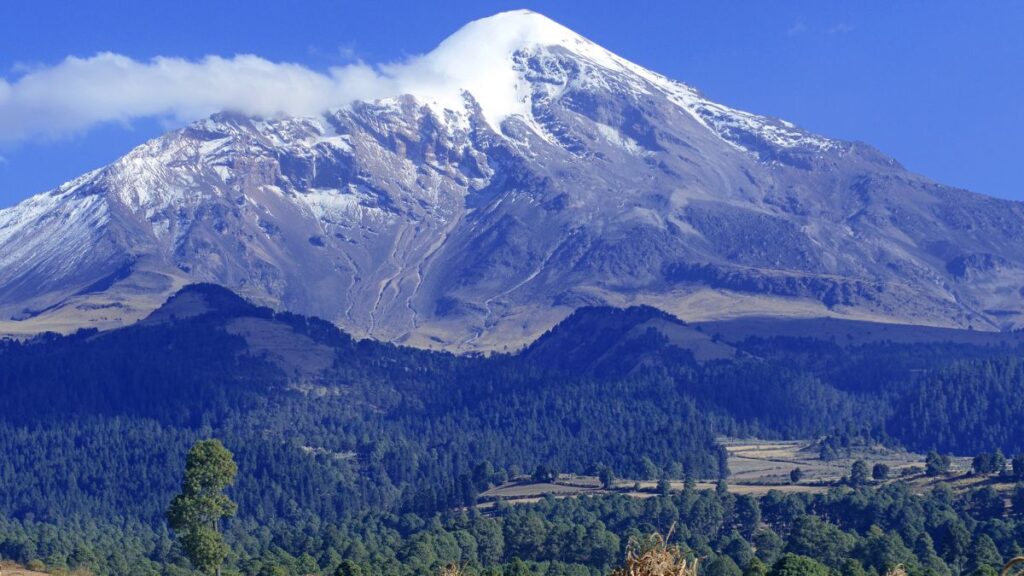
Length: 12.4 km
Elevation gain: 1,563 m
Route type: Out & back
Trail Map: AllTrails
If you want to climb the highest mountain in Mexico and the tallest volcano in North America then 5,636 m (18,491 ft) Pico de Orizaba is waiting for you.
To climb this mountain you’re going to need to be in excellent fitness, have some mountaineering experience and you’re going to want to hire a local mountain guide.
The most common way to the summit is the Pico de Orizaba Cara Sur (Citlaltépetl) route. Prepare yourself with lots of loose gravel, volcanic ash and scree. You will also need trekking poles, crmapons and an ice axe.
Other Amazing National Parks Near Mexico City:
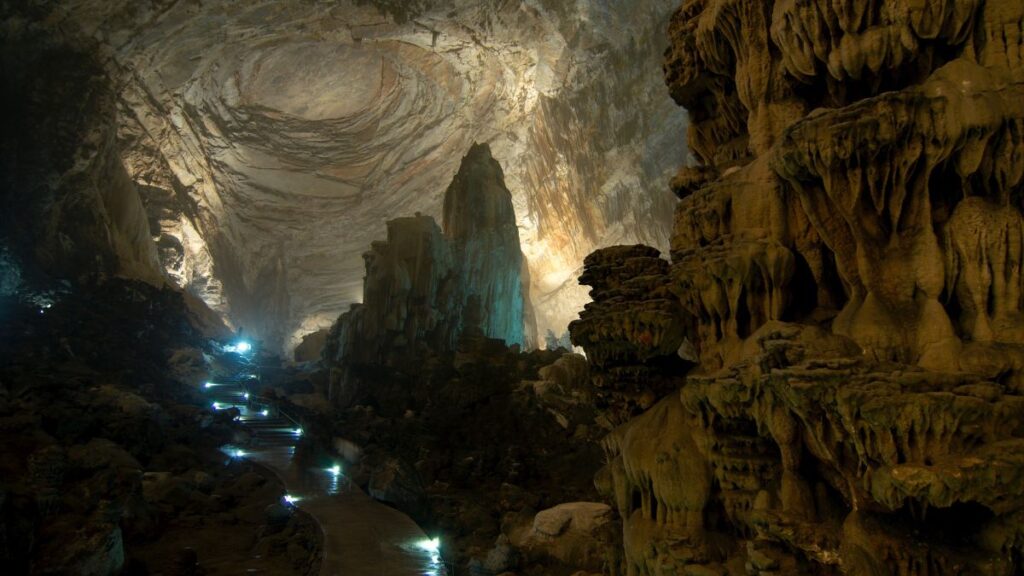
Grutas de Cacahuamilpa National Park
Cacahuamilpa is one of the largest cave systems in the world. If you want the ultimate caving experience, tours of the open cave system run every hour and last about two hours.
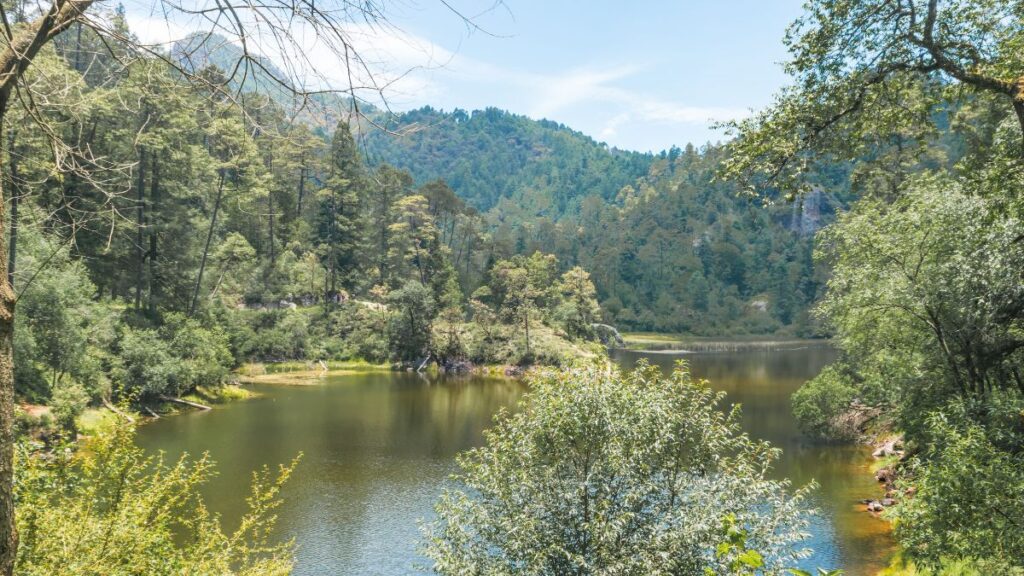
Lagunas de Zempoala National Park
A beautiful area just south of Mexico City that consists of a group of seven lagoons. In the Nahuatl language, “Zempoala” means “place of many waters.”
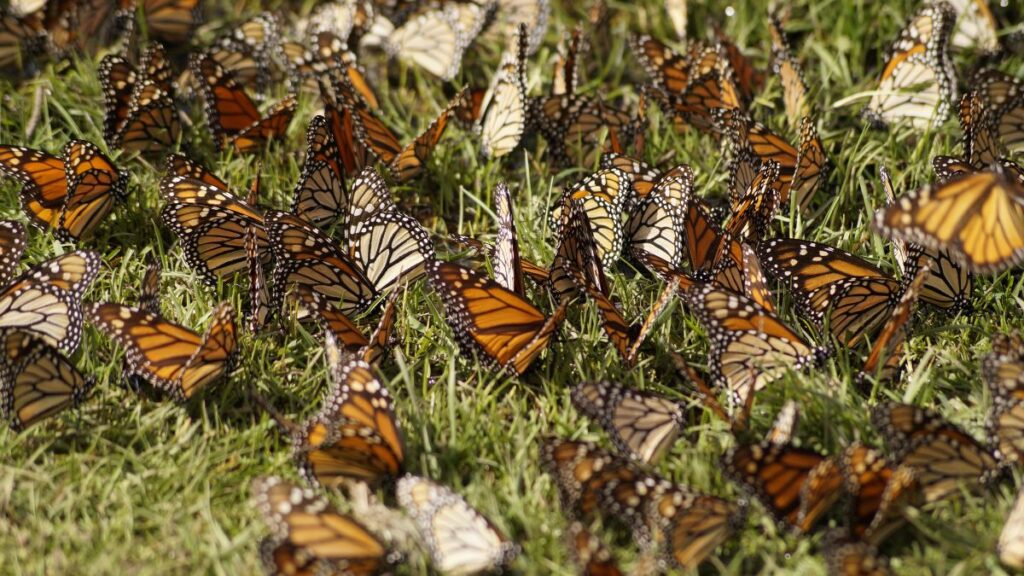
Reserva de la Biósfera Santuario Mariposa Monarca
A world famous butterfly reserve where you can see thousands of monarch butterflies who spend the winter here in Mexico.
- Animism And Nonduality: Exploring The Secret Language of Nature - March 9, 2025
- 10 Sustainable Travel Trends Driving The Future of Tourism - March 9, 2025
- 10 Tips To Sell Out Your Transformational Retreats In 2025 - February 20, 2025


